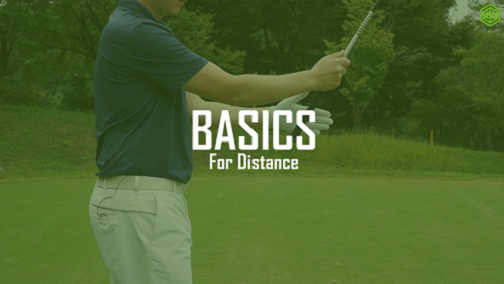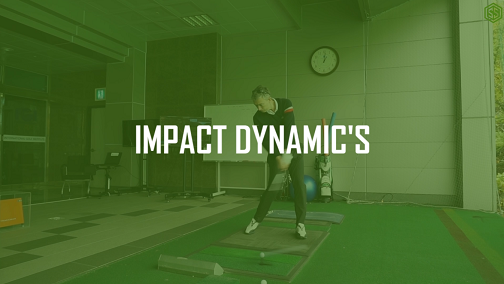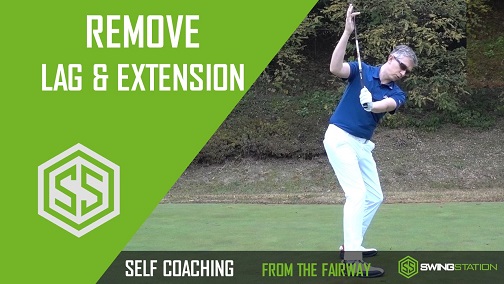Impact Position Check Points
A good Impact position
I believe it is important for all levels of golfers to understand what is good impact because if you can understand where you need to be at impact, and where you should be at address, there is a good chance the swing in between (backswing, downswing) will take care of itself. Take a look at this short video to have a better understanding of this.
Key Points
- The left arm is connected to the chest, with the left wrist flat. The right wrist is angled inwards.
- The right elbow is closely connected to the right hip, with the right arm nearly fully extended.
- The butt end of the club points at the left thigh, forward of the ball.
- The spine and head are behind the ball, with the right shoulder lower than the left. From down the line, the upper part of the left forearm is visible.
- The posture angles are the same as in set-up.
- The chest is slightly open, and the hips are up to 45 degrees open.
- The left leg is firm, providing resistance as the left heel takes pressure.
- The right knee points behind the toe line, with the foot rolling inwards and up on the toes.
This lesson can be of a help to anyone with the following faults:
– Early Extension.
[button style=”small blue rounded” link=”https://swingstation.com/early-extension/” ]Click Here[/button] for more articles and tips on Early Extension.
– Fat and Thin Shots.
[button style=”small blue rounded” link=”https://swingstation.com/hitting-it-fat/” ]Click Here[/button] for more articles and tips on Fat shots.
– Thin and Topping Shots.
[button style=”small blue rounded” link=”https://swingstation.com/thin-or-topping/” ]Click Here[/button] for more articles and tips on Thin and Topped shots.
– Increased Accuracy.
[button style=”small blue rounded” link=”https://swingstation.com/increased-accuracy” ]Click Here[/button] for more information, articles, and tips on Increasing Accuracy.
– Hanging Back.
[button style=”small blue rounded” link=”https://swingstation.com/hanging-back/” ]Click Here[/button] for more information, articles, and tips on Hanging Back.
– Early Release, and Scooping.
[button style=”small blue rounded” link=”https://swingstation.com/early-release/” ]Click Here[/button] for more information, articles, and tips on Early Release.
Transcript
Hi, Robin Symes here. In this short video I just want to give you some simple key checkpoints for what is good impact. I believe it’s important for all levels of golfers to understand where they need to be at impact because it’s like connecting the dots; if you know where you should be at address, if you know where you should be at impact, then a lot of times the stuff in between -the backswing and the downswing- takes care of itself. So, starting from the front view, what I want you to look out for is at impact I like to see the club shaft slightly in front of the ball, the right foot rolling in slightly, and the right knee in line with the golf ball. The chest will be in line with the golf ball or slightly behind it.
The left hip will have moved over the left foot, so the straight line up from your left ankle will touch just the outside of your left hip. The left leg will be in the brace position. From down the line you’ll see that the hips have opened up relative to the target, perhaps 30 or 40 degrees and shoulders will be closed relative to the hips but still open to the target line. The left arm will be connected to the chest and the right knee will be inside your toe line. And a key point is that you’ll have maintained your postural angles you had at address all the way to impact.
I often ask my students to take a good address position and then move to impact without making a backswing or down swing. Simply by learning those two things, address and impact, when they go ahead and add a backswing and a downswing a lot of times the faults they had have taken care of themselves. So, there’s some key check points for impact. Once you understand those try the exercise of addressed impact, developing that awareness of those two key positions, and then add your movement to that.




